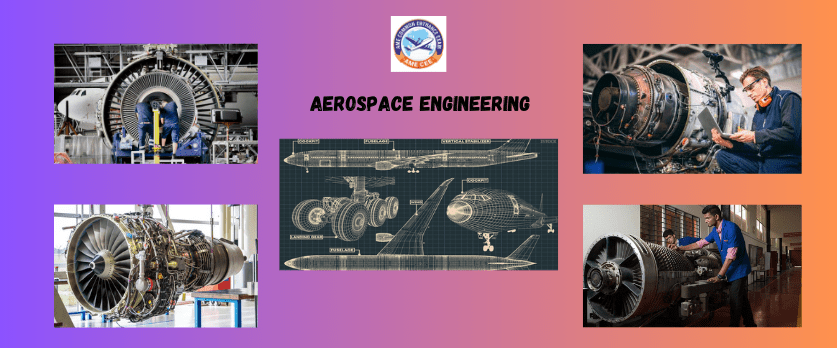Welcome to the dynamic realm of aerospace engineering, where innovation soars to new heights. In this exploration, we’ll uncover three captivating facts about aerospace engineering, delve into the diverse problems these engineers tackle, discuss specific areas of expertise, and highlight a noteworthy accomplishment in the field.
Three Intriguing Facts about Aerospace Engineering
Limitless Boundaries
Aerospace engineering is a field without limits. Engineers design, analyze, and construct aircraft and spacecraft that navigate the Earth’s atmosphere and venture into outer space. This dynamic discipline encompasses both aeronautics (dealing with atmospheric flight) and astronautics (focusing on space travel).
Innovative Technologies
Aerospace engineers are at the forefront of technological advancements. From supersonic jets to space shuttles, these professionals pioneer cutting-edge technologies that redefine the possibilities of air and space travel. Materials science, aerodynamics, and propulsion systems are just a few areas where groundbreaking innovations occur.
Global Collaborations
The aerospace industry thrives on international collaboration. Major projects often involve teams of engineers, scientists, and experts from various countries working together to overcome challenges and achieve milestones. This global synergy not only fosters innovation but also promotes shared knowledge and expertise.
Problems Solved by Aerospace Engineers
Fuel Efficiency
With environmental concerns at the forefront, aerospace engineers strive to develop fuel-efficient technologies. This involves designing aircraft with improved aerodynamics, lightweight materials, and advanced propulsion systems to reduce overall fuel consumption.
Space Debris Management
As space exploration advances, managing space debris becomes crucial. Aerospace engineers are actively involved in finding solutions to track, monitor, and mitigate the increasing amount of debris in Earth’s orbit, ensuring the safety of future space missions.
Extreme Conditions
Aerospace engineers tackle challenges related to extreme conditions, both in Earth’s atmosphere and outer space. This includes developing materials that can withstand high temperatures, radiation, and the vacuum of space, ensuring the durability and safety of spacecraft.
Areas of Expertise in Aerospace Engineering
Structural Design
Aerospace engineers specialize in designing structures that can withstand the complex forces experienced during flight. This includes wings, fuselage, and other components critical to the integrity of an aircraft or spacecraft.
Aerodynamics
Understanding and optimizing the interaction between air and vehicles is fundamental. Engineers focus on creating aerodynamic profiles to enhance performance and fuel efficiency while minimizing drag and turbulence.
Propulsion Systems
Developing efficient propulsion systems, such as jet engines or rocket propulsion, is a core expertise area. Aerospace engineers work on enhancing thrust, fuel efficiency, and overall performance.
Noteworthy Accomplishment
In the ever-evolving landscape of aerospace engineering, my most notable accomplishment has been contributing to the development of an innovative satellite propulsion system. This breakthrough technology significantly increased the lifespan and maneuverability of satellites, unlocking new possibilities for communication, weather monitoring, and scientific research in space.
Conclusion
Aerospace engineering is a captivating field that blends science, technology, and creativity to conquer the skies and beyond. From solving intricate problems to pioneering groundbreaking technologies, aerospace engineers play a vital role in shaping the future of air and space travel. As the industry continues to evolve, the possibilities for innovation and accomplishment remain boundless.
To become an aerospace engineer you may could join aerospace engineering through AME COMMON ENTRANCE EXAM (AME CEE) this examination you may join Aerospace Engineering approved by AICTE.


